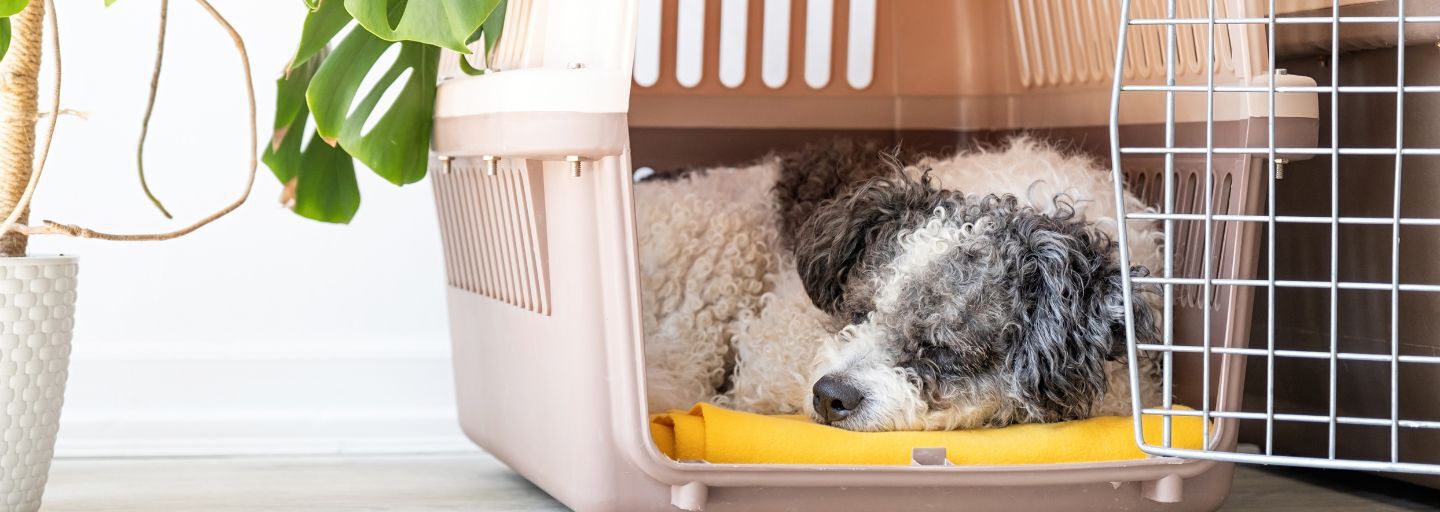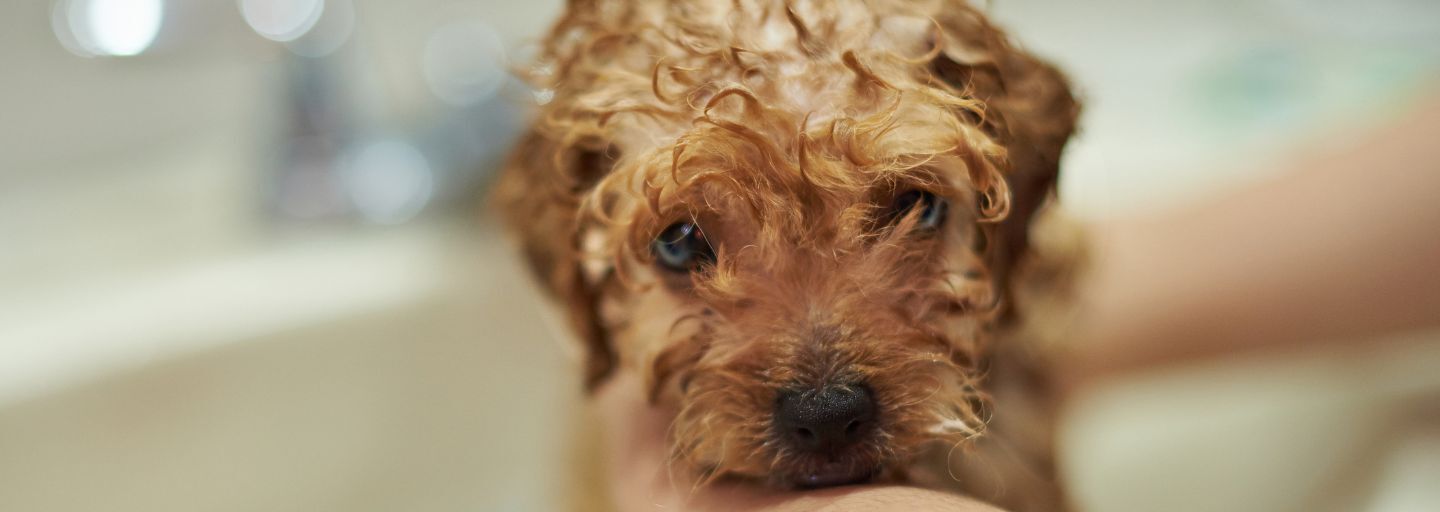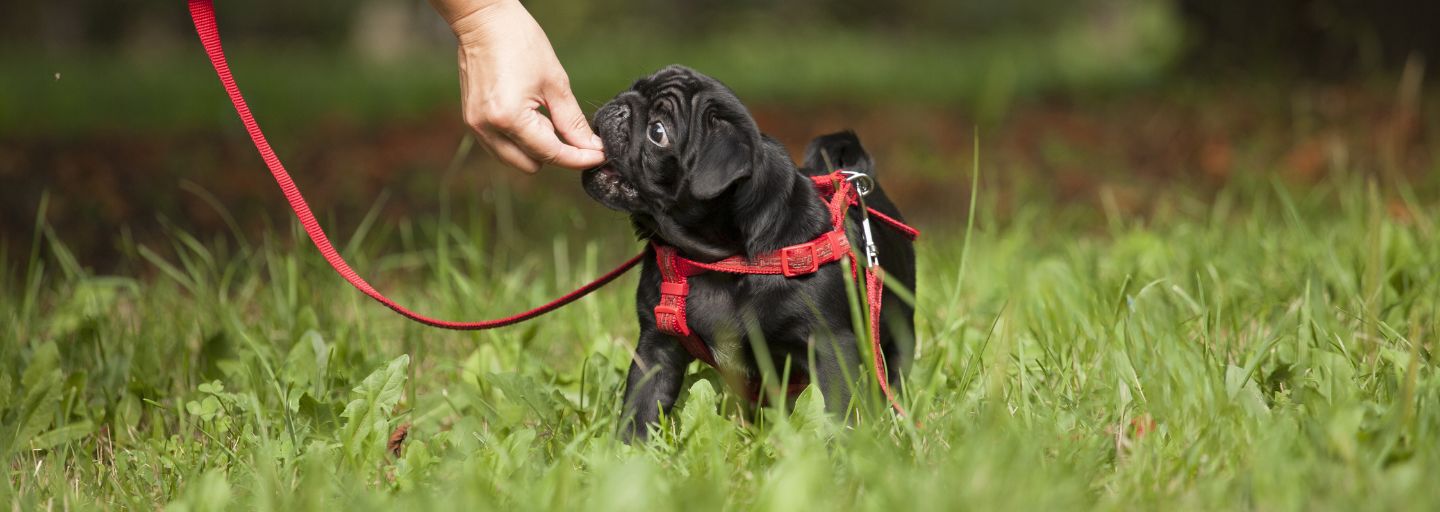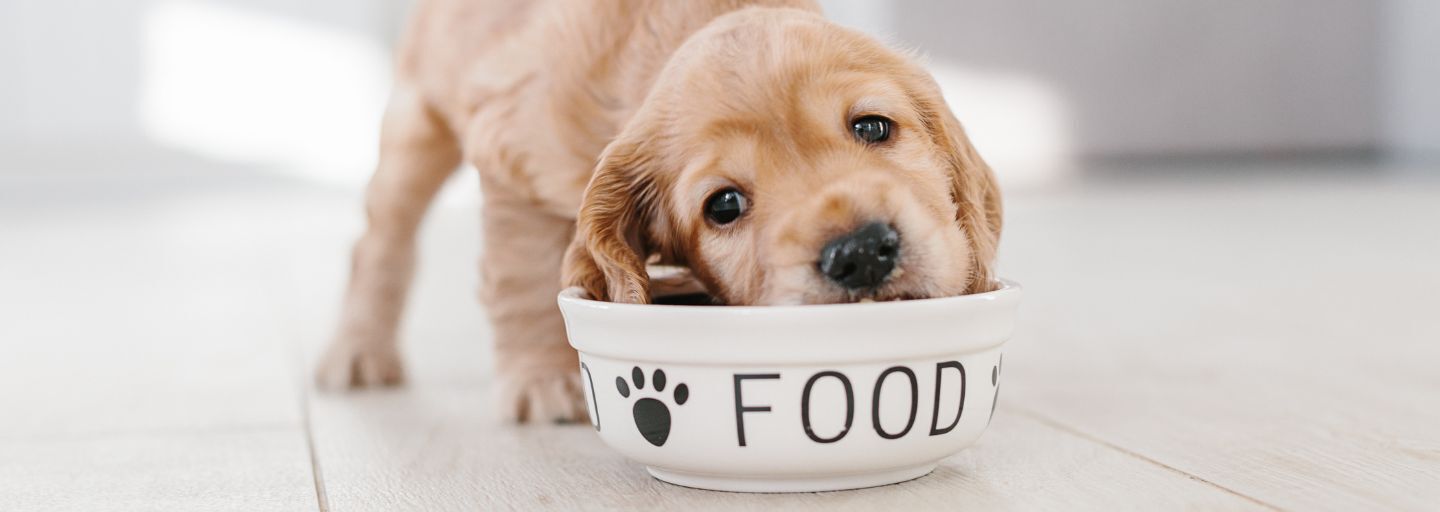Crate training is a valuable practice that offers numerous benefits for both you and your puppy. It is an essential part of raising a well-behaved and happy puppy as well as ensuring a harmonious living environment. By understanding the benefits and following the recommended steps, you can create a comfortable and positive environment for you and your puppy.
Benefits of Crate Training:
- Safety and Security: Crate training provides a safe and secure space for your puppy, preventing access to dangerous areas or objects and offering a sense of security during stressful situations.
- Housebreaking Aid: By confining your puppy to a crate, you encourage them to develop bladder and bowel control, making it easier to establish a routine for bathroom breaks and reinforce good potty habits.
- Travel Convenience: Crate training makes traveling with your puppy much easier and safer. Whether you're going on a road trip or flying, a crate provides a familiar and secure space for your puppy during transportation. Many airlines also require dogs to be crated when traveling in the cabin.
- Preventing Destructive Behaviour: Puppies are naturally curious and may engage in normal developing teething and chewing behaviour. Crate training helps prevent them from damaging furniture, shoes, or other household items that are accessible that could be potentially harmful or valuable. By providing a crate as a designated space for your puppy, you can redirect their energy towards something more appropriate and keep them safe.
- Facilitating Training relaxation times: A crate helps establish boundaries, teaches self-control, and can be used as a Chill-out space or for teaching foundation skills, promoting good behaviour and focus.
- Ease of Veterinary Care: Visiting the veterinarian can be stressful for both you and your puppy. If your puppy is crate trained, it becomes much easier to transport them to and from the vet's office and helps them adjust easily to overnight stays at the vets (or boarding facilities).
How to successfully crate train your puppy
Step 1: Choose the Right Crate: Selecting the appropriate crate is crucial for successful crate training. Opt for a crate that is spacious enough for your puppy to stand, turn around, and lie down comfortably, and is made of sturdy materials and with proper ventilation. However, avoid choosing a crate that is too large, as it may encourage your puppy to treat one corner as a bathroom. Consider a crate with a removable divider to adjust the size as your puppy grows.
Step 2: Introduce the Crate Gradually: Make the crate a positive and inviting space for your puppy. Place soft bedding, toys, and treats inside to create a cozy environment. Leave the crate door open and allow your puppy to explore it at their own pace, without any pressure or force. Encourage them to enter the crate by tossing treats or placing their favourite toys inside.
Step 3: Associate the Crate with Positive Experiences: To build a positive association with the crate, feed your puppy their meals near the crate or inside it. Gradually move the food bowl closer to the crate's entrance, and eventually, place it inside the crate. This will help your puppy view the crate as a safe and rewarding place.
Step 4: Encourage Short Periods of Crate Time: Once your puppy is comfortable entering the crate voluntarily, start closing the door for short periods while you are present. Stay nearby and offer praise and treats to reinforce positive behaviour. Gradually increase the duration of crate time, ensuring your puppy remains calm and relaxed throughout the process.
Step 5: Establish a Routine: Consistency is key when crate training your puppy. Create a schedule that includes regular crate time, such as during naps and overnight. This routine will help your puppy understand when it's time to rest and reduce anxiety associated with being confined.
Step 6: Use Positive assocations: Reward your puppy with praise, treats, or a favourite toy every time they enter the crate willingly or remain calm inside. Positive reinforcement will reinforce the idea that the crate is a pleasant and secure space.
Step 7: Gradually Increase Alone Time: Once your puppy is comfortable spending time in the crate with you nearby, start gradually increasing the duration of alone time. Begin by leaving the room for a few seconds and gradually extend the time as your puppy becomes more confident. Return to the room before your puppy becomes anxious or distressed, ensuring they associate your absence with positive experiences.
Step 8: Avoid Using the Crate for Punishment: Never use the crate as a form of punishment. The crate should always be associated with positive experiences and a safe haven for your puppy. Using it as a disciplinary tool can create fear and anxiety, hindering the crate training process.
Step 9: Gradually Expand Access: As your puppy becomes more comfortable and reliable in their crate, you can gradually expand their access to other areas of your home. Start by allowing access to one room at a time, ensuring your puppy remains supervised and cannot engage in destructive behaviour. Eventually, you can leave the crate door closed for short periods when you are away, ensuring your puppy has had adequate exercise and a potty break beforehand.
Remember, crate training is a process that requires patience, consistency, and positive associations. Each puppy is unique, and the time it takes to fully crate train may vary. Some puppies may take to crate training quickly, while others may require more time and guidance. Be patient with your puppy and celebrate their progress along the way. With time, your puppy will view their crate as a secure retreat, promoting good behaviour, and aiding in their overall development.







